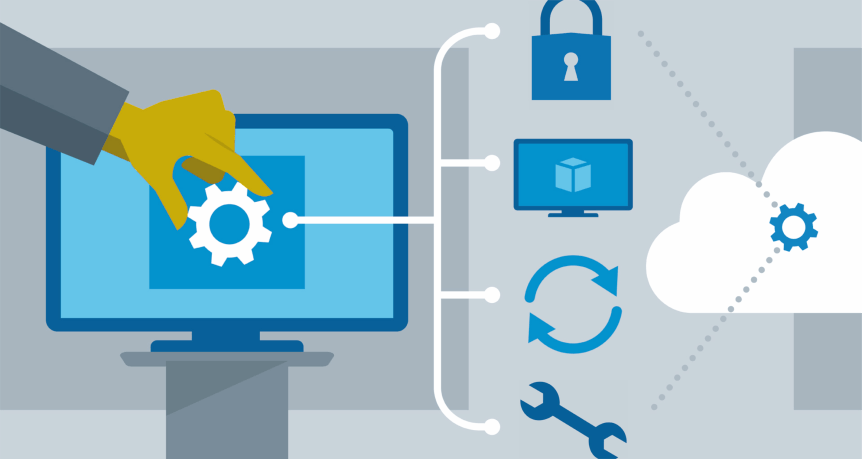In recent years, the landscape of work has been evolving at an unprecedented pace. The rise of remote work has become a defining characteristic of the modern workforce. In this new era, Remote Desktop Protocol (RDP) servers have emerged as essential tools that enable businesses and individuals to access and manage remote resources securely. This blog explores the role of visit speedrdp.com servers in the age of remote work and how they have revolutionized the way we work, collaborate, and connect.
The Remote Work Revolution
Before diving into the specifics of RDP servers, let’s first understand the remote work revolution. The COVID-19 pandemic forced organizations worldwide to reevaluate their approach to work. As lockdowns and safety measures were put in place, traditional office-based work became challenging or even impossible. In response, businesses rapidly adopted remote work solutions to maintain productivity and business continuity.
Remote work has since proven to be more than a temporary workaround. Many organizations have embraced it as a long-term strategy, recognizing the numerous benefits it offers, including increased flexibility, improved work-life balance, access to a wider talent pool, and reduced overhead costs associated with physical office spaces.
The Role of RDP Servers
Remote Desktop Protocol (RDP) is a proprietary protocol developed by Microsoft that allows users to access and control a remote computer or virtual machine over a network connection. RDP servers play a pivotal role in facilitating remote work by providing a secure and efficient means of accessing resources, applications, and data from anywhere in the world. Here’s how RDP servers contribute to the remote work ecosystem:
- Access to On-Premises Resources: RDP servers enable employees to access their office computers and systems remotely. This means they can use specialized software, files, and data located on office-based machines, ensuring business continuity even when working from home or other remote locations.
- Collaboration and Communication: RDP servers facilitate real-time collaboration by allowing multiple users to access the same remote desktop simultaneously. This is particularly valuable for team projects and troubleshooting, as it fosters seamless communication and knowledge sharing.
- Enhanced Security: One of the primary concerns with remote work is data security. RDP servers address this by offering robust security features such as encryption, multi-factor authentication, and access controls. This ensures that remote connections are secure and that sensitive information remains protected.
- Cost Efficiency: By centralizing resources on a server and providing remote access, organizations can reduce the need for expensive high-end computers at every employee’s location. This can result in significant cost savings in terms of hardware and maintenance.
- Scalability: RDP servers can scale to accommodate a growing remote workforce. As more employees opt for remote work, organizations can easily expand their server infrastructure to meet the increased demand for remote desktop access.
- Flexibility: RDP servers allow users to work from a variety of devices, including desktops, laptops, tablets, and even smartphones. This flexibility empowers employees to choose the tools that best suit their work style and preferences.
Challenges and Considerations
While RDP servers offer numerous benefits, they are not without their challenges and considerations:
- Security Concerns: RDP servers can be vulnerable to security breaches if not properly configured and maintained. It’s essential to implement robust security measures and keep the server software up-to-date to mitigate risks.
- Network Reliability: Remote desktop connections are highly dependent on network stability and bandwidth. Organizations must ensure that their network infrastructure can support the demands of remote work.
- Licensing Costs: Depending on the scale of implementation and the features required, licensing costs for RDP server software can add up. It’s important to carefully assess the licensing model that best suits your organization’s needs.
Conclusion
In the age of remote work, RDP servers have become indispensable tools for organizations looking to adapt and thrive in a changing work environment. They provide the necessary infrastructure to connect employees to critical resources securely, fostering collaboration, flexibility, and cost-efficiency. However, it’s crucial to strike a balance between the benefits and potential challenges of RDP servers by prioritizing security and network reliability. As remote work continues to shape the future of work, RDP servers will undoubtedly play a central role in supporting this transformation.
